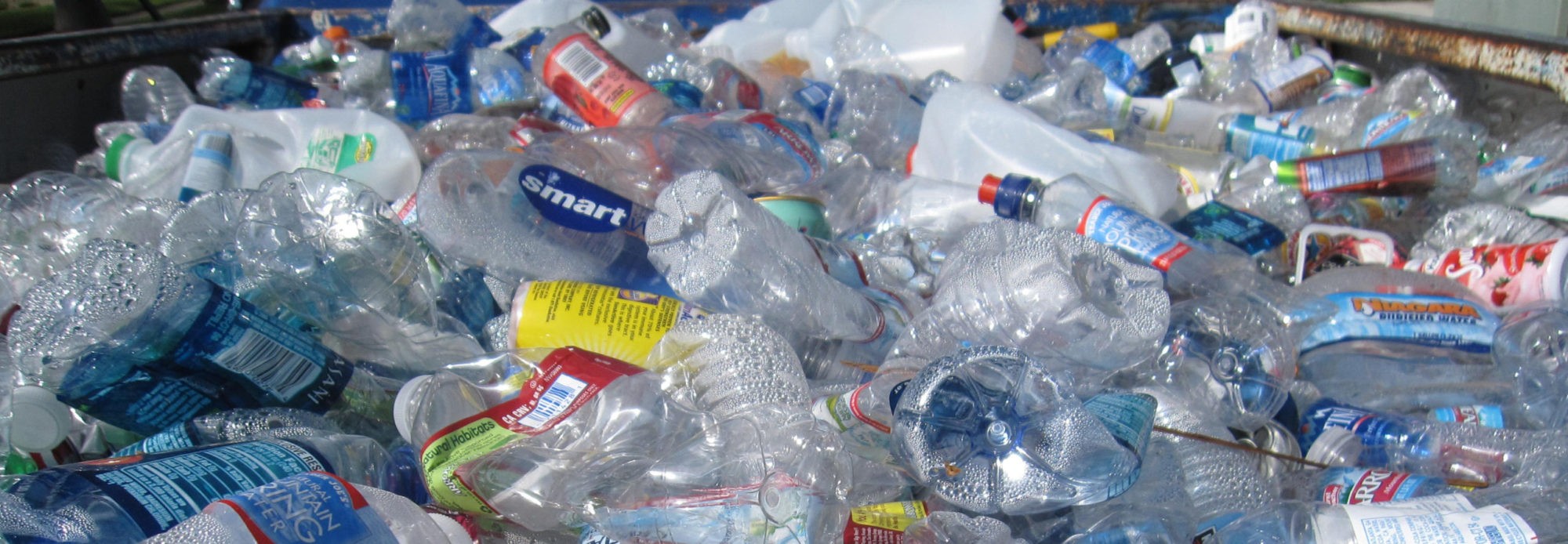We all know we need to do more to protect the environment and reduce our use of single use plastics, but what are the alternatives? Here we look at the world of Bioplastics and what you might want to consider when specifying materials in your product development process.
Bioplastics are renowned for being ‘eco-friendly’, but are they better and more sustainable than conventional, oil-derived plastics? Many private companies and national governments cite bioplastics when staking their claim for carbon footprint reduction and in their vision for waste elimination, but what is the real story? Can bioplastics offer the real panacea for the continued use of plastics within product design?
Plastic waste has recently become a critical global concern. Globally, nearly 400 million tonnes are produced every year and since the 1950’s, humans have produced over 9 billion tonnes! Despite concerted efforts and an increasing push from governments, industry, consumers, activists and more comprehensive legalisation; only 9% of the plastics we consume in the UK get recycled. In fact, most of the plastic we consume ends up in landfill, or in our oceans where it can take over 500 years to decompose, while fragmenting, leaching toxic chemicals and harming wildlife.
BIOPLASTICS, BIODEGRADABILITY & RECYCLABILITY
There are several common misconceptions regarding the various Bioplastic materials available. One of the most common is the confusion between Bioplastics (Polymers Derived from non-oil based resources-typical examples include sugarcane, potato starch, cellulose, and complex plant derived proteins) and inherent ‘biodegradability’.
In reality, there are a wide range of Polymers, such as Polyethylene and Polypropylene which can be substantially biobased but have limited biodegradability. Conversely there are several examples of predominantly oil-derived materials which have good or excellent biodegradability, including PVOH (Polyvinyl Alcohol), PBS (Polybutylene succinate) PEA (Polyestercetal).
WHAT IS BIODEGRADABILITY?
Many consumers understandably assume that if a product is labelled as ‘Biobased’ or ‘Biodegradable’, then they will degrade naturally within the environment. The term ‘Biodegradable’ is overused and ambiguous and is often not adequately qualified in regard to timescale, chemical action, or decomposition profile.
There are two key issues with these misconceptions:
1. The bio-derived content of a polymer product cannot be readily correlated with its inherent biodegradability profile.
2. Polymers have varying degrees of biodegradability, regardless of whether they are oil-derived or primarily biobased.
Several common polymer feedstocks utilise both bio-derived, and oil-based materials in a blend. This includes Bio-Polyethylene (PE), Bio-Polyethylene Terephthalate (PET) and Bio-Polypropylene (PP). These are not inherently biodegradable or compostable and are only regarded as beneficial, as they offer the opportunity for the part swap-out of oil derived polymers.
Some polymers do indeed degrade naturally in typical ambient light, heat and moisture conditions. Others degrade only within the carefully controlled conditions of an industrial composting plant, aided by significant heat, moisture and by leveraging certain bacteria and enzymes.
ALTHOUGH, IT IS TRUE TO SAY THAT GIVEN SUFFICIENT TIME AND FORTUNATE CONDITIONS THAT ALL PLASTICS WOULD EVENTUALLY BREAKDOWN INTO CONSTITUENT CARBON COMPOUNDS, CO2, WATER AND MINERALS BY BIOLOGICAL PROCESSES, NOT ALL PLASTICS DO IN THE SAME WAY, AND IN THE SAME TIMESCALES.
COMPOSABILITY
True biodegradability is classified as ‘composability’, and certified under The European Unions standard for compostable products (EN 13432:20006 for packaging and EN 14995:20067 for non-packaging) in that it must meet four criteria which govern a key set of pass/fail criteria:
1. Chemical composition: volatile matter and heavy metals as well as fluorine should be limited.
2. Biodegradability: the conversion of >90% of the original material into CO2, water and minerals by biological processes within 6 months.
3. Disintegrability: at least 90% of the original mass should be decomposed into particles that are able to pass through a 2×2 mm sieve.
4. Quality: absence of toxic substances and other substances that impede composting.
Products can be certified as either compostable, in specialist industrial facilities, or as fully home-compostable, not requiring specific environmental control. Home compostable materials tend to be mainly utilised within the packaging and single use disposables markets as current available Polymer types are not typically suited to specification in many consumer durables.
AVAILABILITY OF INDUSTRIAL COMPOSTING
With around 120 industrial composting facilities, the UK is poorly equipped to adequately compost meaningful volumes of biodegradable plastic. In fact, many operational industrial composting facilities won’t accept bioplastics and other biodegradable plastics as they are regarded as potential contaminants within the waste stream, causing down stream problems with repossessed materials.
AEROBIC COMPOSTING
Composting is an aerobic process, reliant on the utilisation of oxygen; Under compiled layers of waste, organisms and bacteria naturally oxidise organic matter. In this process nitrogen chemicals turn to nitrates, sulphur to sulphates, and phosphorus to phosphates. The composting process produces a nutrient-rich fertiliser, which can be utilised in agricultural cultivation.
One key item of note is that, as Aerobic composting utilises oxygen and bacteria, some of the resultant output from the process is C02. Despite this it is regarded as significantly more desirable than landfill, particularly if the production of microplastics can be controlled by the chemical composition and biodegradation profile of the constituent polymers.
Complexity is however added by products which blend biodegradable, and non-biodegradable products together to form stable materials. This includes Wheat Straw / PP blends. The problem is related to their partial degradability, coupled with pollution of the recycling chain due to the presence of organic matter.
Products like Wheat-PP therefore do not fully degrade, and cannot be readily recycled, causing downstream pollution issues. More complex still, is the interaction of material blends, For instance in a Wheat straw/PP Blend. The Wheat Straw element of the composite plastic is wholly biobased and has good biodegradability and composability profile. The continuous phase PP however does not exhibit good biodegradability characteristics. By combining the two components, the encapsulation of the wheat straw within PP, reduces the ability for natural actors (moisture, bacteria, enzymes, etc) to promote degradation of the wheat straw. When the Polymer does start to biodegrade it is prone to slow fragmentation, causing a myriad small microplastic pieces to enter the environment, which can remain in-state indefinitely.
EVEN WHEN BIOBASED PLASTICS ARE SOLELY USED IN A PRODUCT, THEY CAN STILL CAUSE ISSUES WITH POLLUTION OF THE RECYCLING CHAIN BY INTRODUCING POLYMERS INTO THE STREAM WHICH ARE NOT SUITABLE FOR CURRENT RECYCLING PRACTICES.
ANAEROBIC DIGESTION
In Anaerobic Digestion materials are sealed off and the bacteria live off the organic matter itself. As such it differs from aerobic composting in that the process is reliant on the absence of oxygen. Typically, a more prolonged method than composting it produces rich fertiliser and also methane, which is a key component of biogas used to generate clean electricity.
Anaerobic digestion does offer a closed loop solution for food waste, the bad news however, is that bioplastics cannot be treated by the Anaerobic Digestion process. Any bioplastics entering the food waste stream destined for Anaerobic Digestion need to be mechanically removed before treatment and disposed of as general waste – often in landfill.
HOW TO SPOT COMPOSTABLE PRODUCTS
As highlighted, the key importance is whether the biodegradable products meet the requirements for compostability.
The Seedling logo used in many European countries makes it easy to recognise materials and products certified for compostability (EN 13432 certified). Clear, visible labelling of all compostable plastics is crucial for public acceptance of compostables. Currently, the seedling device not universally recognised as the definitive standard ascross Europe, with some companies and institutions creating their own standards and labelling conventions. This lends to add some ambiguity and opaqueness in manufacturer claims, and can be a source of confusion for consumers.
SUMMARY
It could be said that, compared to oil-derived plastics, bioplastics are less damaging to the environment. They contain fewer, if any, ingredients derived from fossil fuels. Displacing fossil fuels with renewable resources is a progressive step and future developments should see bioplastics become a solid, viable solution to the environmental problems created by single use plastics. There are unavoidable environmental costs and problems with all ‘single-use’ plastic products, but where they are desirable (for instance in the packaging, pharmaceutical, health-care and personal-care markets) it is highly recommended that products sporting the Seedling (EN 13432) certification are sought out, to ensure that purported environmental credentials, are valid.




